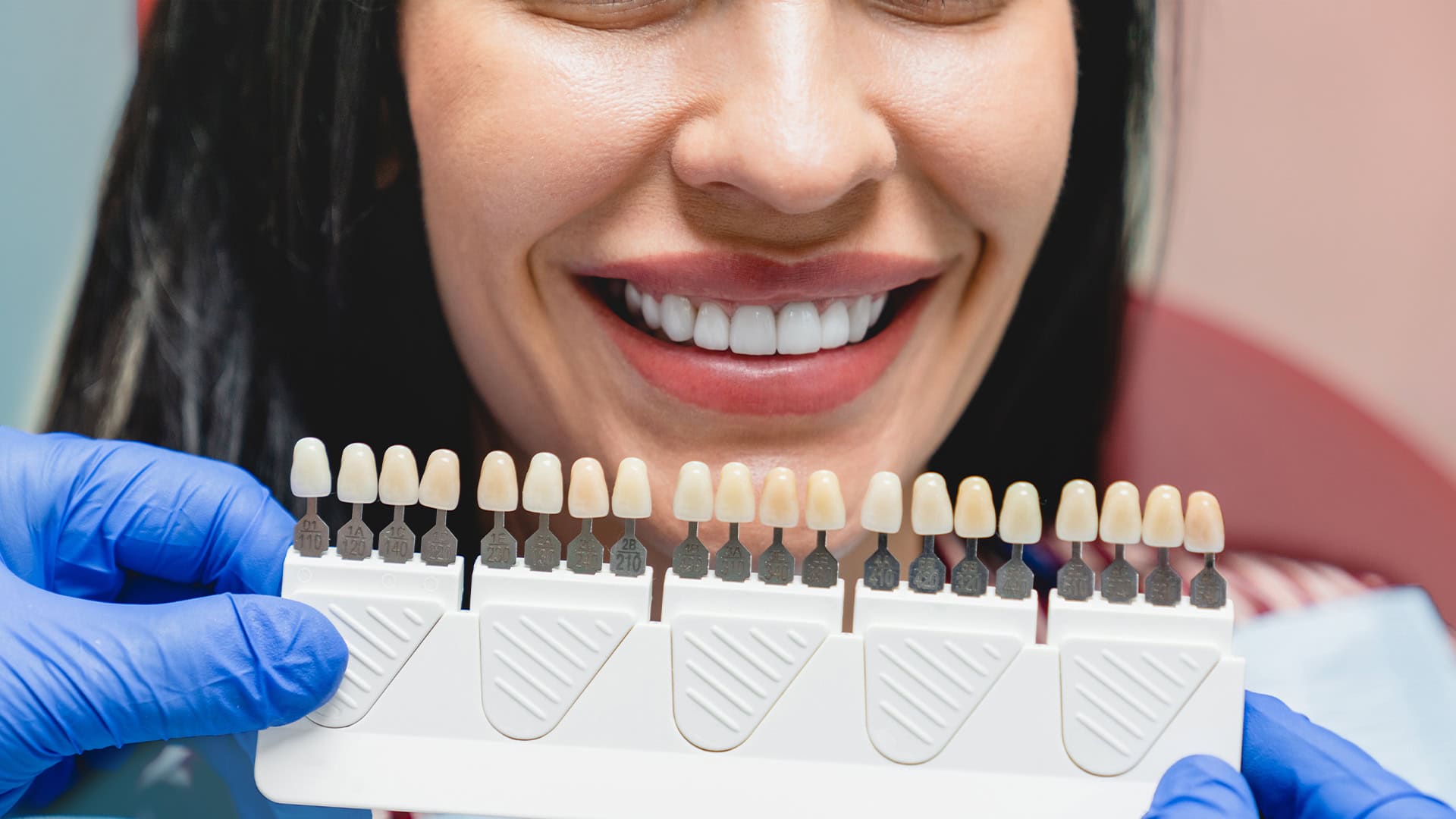Menu
Free Consultation

Modern dentistry aims to not only protect dental health; it also aims to meet aesthetic expectations. It is now easier to provide solid, natural and long-lasting dental restorations. Emax coatings, developed in line with this goal, are one of the groundbreaking applications especially in anterior tooth aesthetics. Emax coatings, which stand out with their light transmittance, natural appearance and durability, have become one of the first options that come to mind when it comes to dental aesthetics today.
In this comprehensive article, you will find detailed answers to all questions such as "What is Emax coating, how is it done, what are its advantages and disadvantages, who is it suitable for?"
Emax coating is a dental coating made of lithium disilicate glass ceramic, with high durability and natural aesthetic properties. It is produced with special pressing or CAD/CAM technologies. This material can be used in both full crown (full coating) and laminate (leaf porcelain) applications.
Emax coatings offer ideal solutions for patients looking for transparency and naturalness, especially in the front teeth. Thanks to its thin structure, it provides a light transmittance close to the natural structure of the tooth and a highly aesthetic appearance is achieved in the mouth.
The dentist performs a detailed analysis of the mouth and teeth structure. The patient's expectations, facial type, lip movements, gum health and closing relationships are evaluated.
For Emax coating, minimal abrasion is made from the tooth surface. In some laminate applications, this abrasion may be almost non-existent.
Measurements of the prepared teeth are taken. These measurements are taken with traditional methods or digital scanners (intraoral scanners) to ensure high precision.
During the laboratory process, temporary veneers are made for aesthetics and comfort.
Emax veneers are fixed to the tooth using special adhesives. Color, fit and aesthetic controls are meticulously performed.
Emax coatings stand out in terms of aesthetic and natural appearance. It prevents the tooth from looking artificial thanks to its light permeability. It is the ideal choice for front teeth.
Zirconia coatings are superior in terms of durability. It is especially suitable for the back areas where intense chewing force is applied, but it is not as transparent as Emax in terms of aesthetics.
Metal-supported porcelain coatings offer a more economical alternative. However, they are not as successful as Emax in terms of aesthetic quality and dark lines may form at the gum edge over time.
As a result; Emax is more suitable for patients looking for naturalness in front teeth, and zirconia coating is more suitable for patients looking for durability in back teeth.
A detailed smile design plan is carried out before the Emax veneer is applied. During this process, the patient's:
The smile design process is sometimes supported digitally (Digital Smile Design – DSD). Thus, the patient can see their new smile in a digital environment before the veneers are applied.
Emax coating and laminate coating are often confused.
The important differences are as follows:
In other words, laminate can be made using Emax. Emax laminates provide extremely successful results in terms of both aesthetics and durability.
Regular care significantly increases the life and aesthetic appearance of the veneers.
The reasons for failure in Emax veneers are as follows:
For these reasons, Emax application should be performed by experienced dentists.
The abrasions done to the tooth cannot be reversed.
The color selection cannot be changed later, the right choice must be made at the beginning.
The veneer is long-lasting but requires maintenance.
The procedure is completed in an average of 2-3 sessions.
Acting consciously makes the treatment process more successful for both the patient and the doctor.
With proper application and good oral hygiene, Emax veneers can be used for 10–15 years or longer without any problems.
Gum health and regular checkups extend the life of the veneers.
Is Emax or zirconia better?
Emax is preferred for aesthetics, zirconia is preferred for durability.
Does Emax coating change color over time?
No. It is quite resistant to color change.
Does Emax coating break?
Rarely, it can break due to excessive force or trauma.
Is there sensitivity after Emax coating?
Slight sensitivity is normal in the first days, it passes quickly.
Emax coating has gained an important place in modern dentistry by offering dental aesthetics and functionality together. With the right planning, an experienced dentist's practice and regular oral care, Emax coatings provide an aesthetic and healthy smile for many years.
Emax coating is an excellent choice for a natural, transparent and solid smile.
